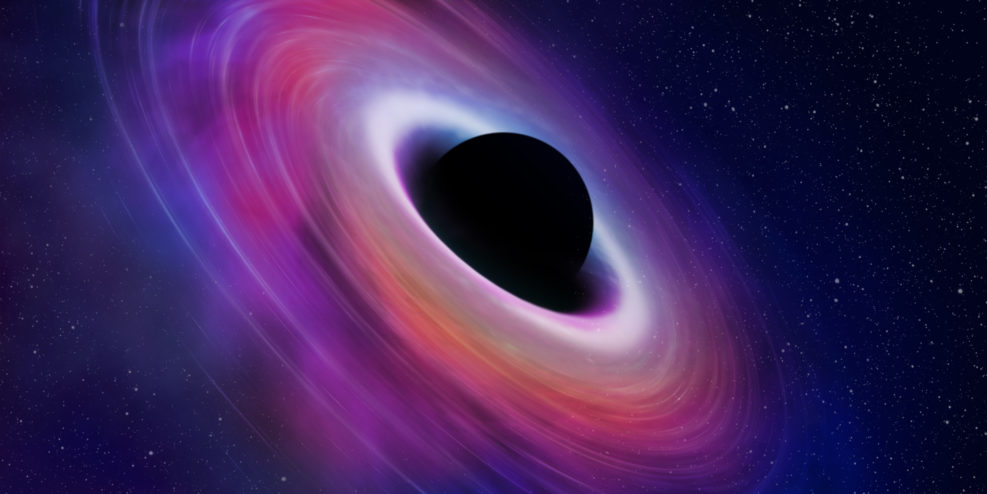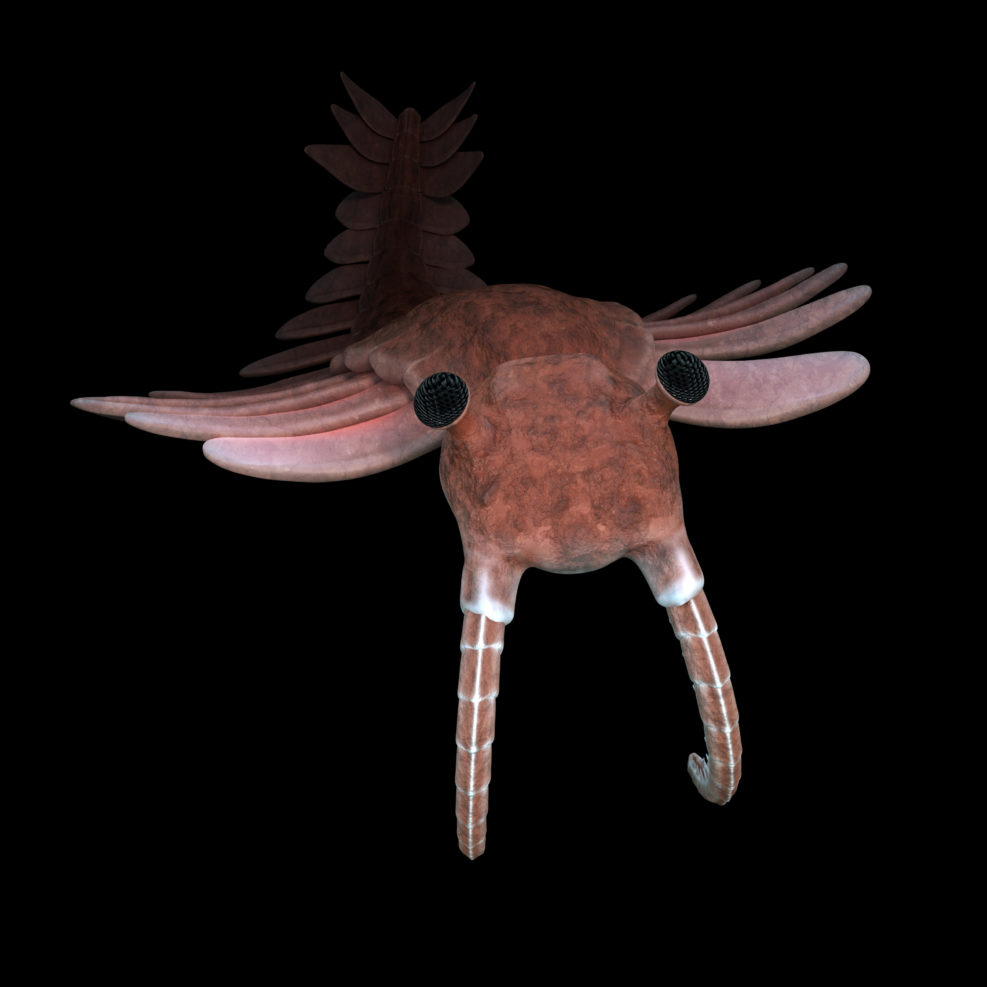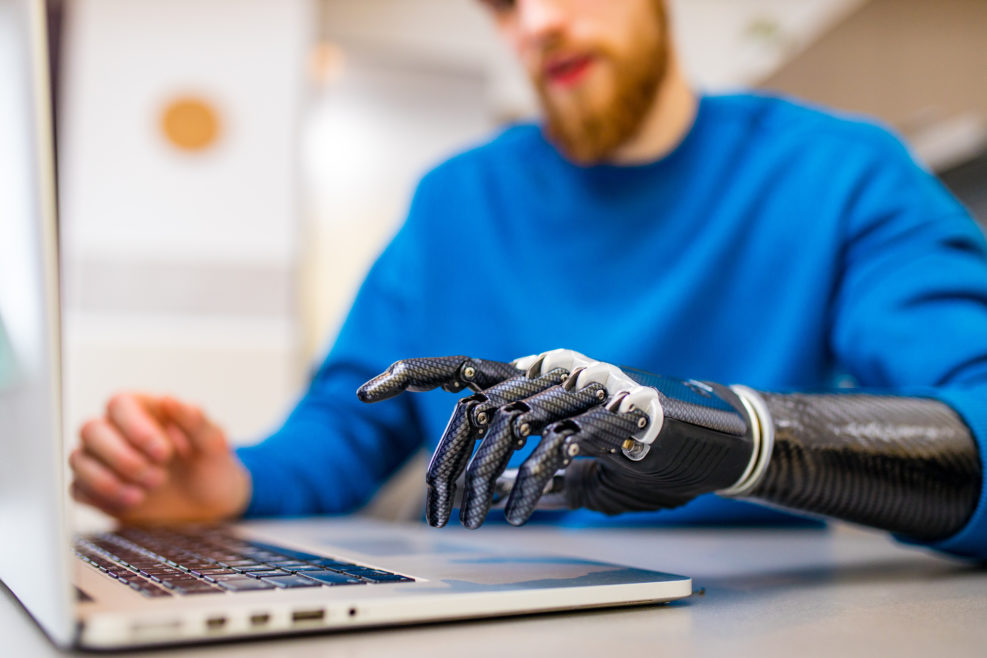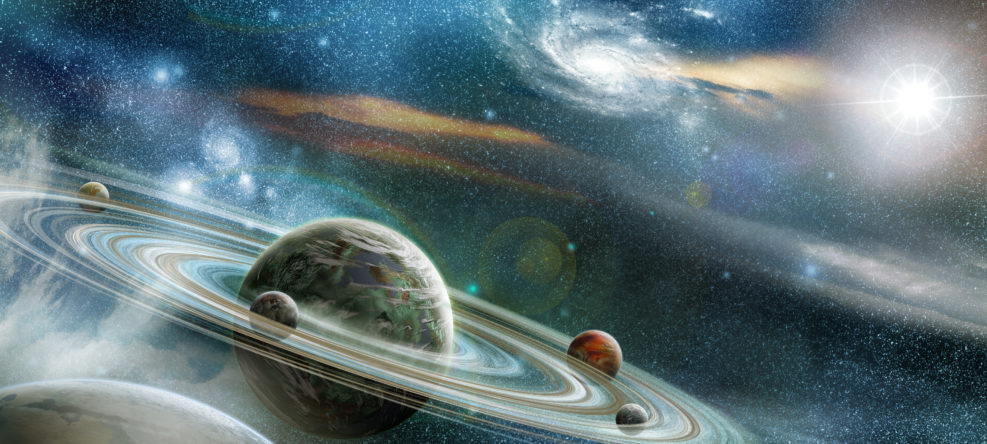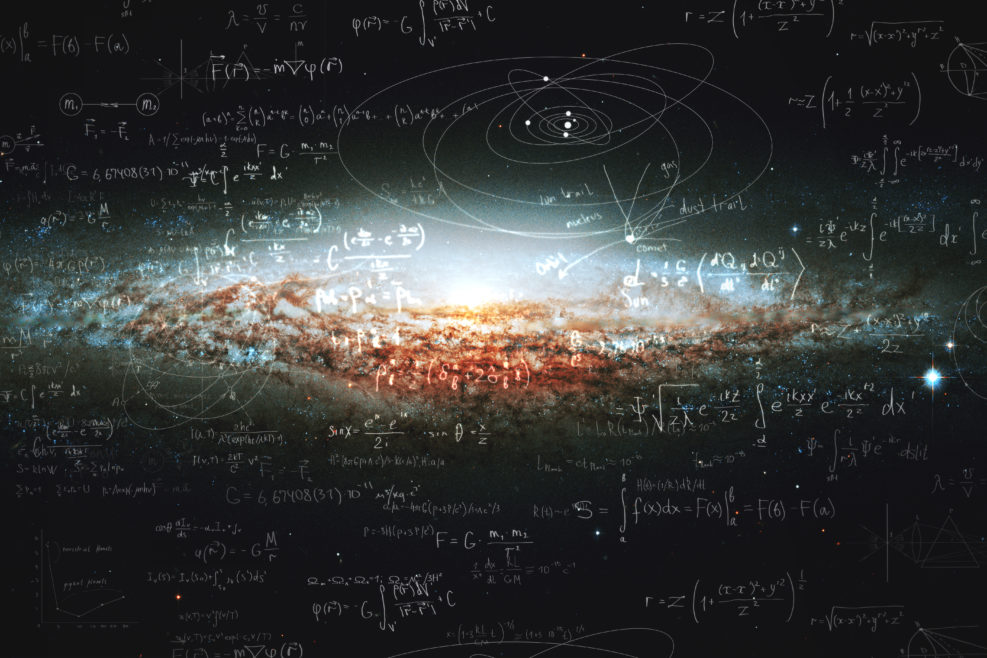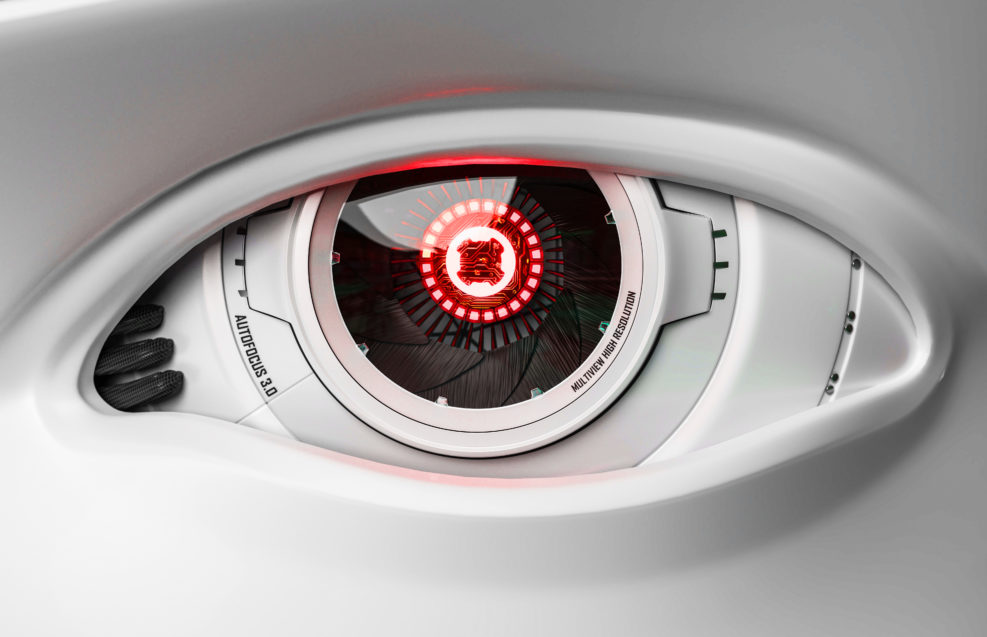
Leading Astronomer Gets It All Wrong About Free Will and Destiny
Logic and reason aren’t laws of physics and therefore they transcend physical propertiesHarvard astronomer Avi Loeb, has recently written an essay in which he considers whether human beings have free will and how long the human race will survive. Loeb is a prolific and often quite thoughtful scientist who has a refreshing propensity to think outside the mainstream. However, his recent essay in Scientific American, titled “How Much Time Does Humanity Have Left?”, is well off the mark. I think he profoundly misunderstands human nature and human destiny. Loeb opines on the question of human free will: The Standard Model of physics presumes that we are all made of elementary particles with no additional constituents. As such composite systems, we do not possess freedom at a fundamental level, because all particles and Read More ›



